|
You can learn a lot of history on your travels and the reverse is also true: knowing some history will much enhance your enjoyment and understanding when exploring new places. In Florence this year, the talk is all about the 700th anniversary of the death of the medieval poet, Dante, and knowing something about him and the Florence of his day, would give you a focus if you were lucky enough to visit the city. Florence, capital of the Italian region of Tuscany, is best-known as the cradle of the Renaissance, centring around the time of artists like Donatello (1386-1466) and Michelangelo (1475-1564), but in fact many of the city’s most famous buildings pre-date that and were familiar to Dante, whose dates are 1265-1321. Dante’s reputation reaches far beyond Florence, for he is considered the greatest Italian poet of all time and the father of the Italian language, a man of immense culture, a poet, yes, but also an essayist, philosopher and politician. His ideas and his language are everywhere in Italian thought and speech today and the best comparison, albeit one from a later era, would be to say his influence on Italian culture is as great as Shakespeare’s on the English-speaking world. If you are in Florence for only a few days it can be difficult to prioritise what you want to see, but an itinerary built around places connected with Dante, or Dante Alighieri to give him his full name, would entail a varied and fascinating visit. If you begin in the area around the Duomo, or cathedral, then you are in the heart of Dante’s Florence, a medieval area full of narrow streets, little squares and the road, now called Via Dante, where he lived. The cathedral was begun in 1296 and we know that Dante used to sit nearby and watch the workmen building the beautiful green-and white marble facades and the world-famous dome, a construction nearly everyone at the time said would be impossible to engineer, but which was in fact achieved. The terracotta dome, brooding over the city, is the number one picture found on postcards from Florence today. Much of Dante’s biography is illustrated in this area. Next to the cathedral is the smaller, octagonal building built in a similar style as the cathedral, the Baptistery, where the babies of Florence – including Dante himself – were baptised from the 11th century onwards. It is famous today for its stunning gilded bronze doors, exquisitely sculpted with scenes from the Old Testament and so beautiful that Michelangelo later gave them the name which has stuck right up to today: the Gates of Paradise. To Dante, this building represented his home city and when he was later exiled for political reasons, it was for the baptistery most of all that he pined. In the cathedral itself, hangs a painting of Dante, by the artist Domenico di Michelino which tells more of his story. It shows him as the main figure in the setting of his best-known work, The Divine Comedy. The story tells of a journey from hell, through purgatory and on to heaven and all three settings are depicted in the painting. Two things are particularly striking: a close look at the part representing heaven will reveal that this is represented by the city of Florence – on the right-hand side you will see the dome; secondly, Dante is portrayed wearing a laurel wreath as a crown, the honour traditionally bestowed on poets in ancient Greece. Dante, exiled long before his death, was never honoured in this way, although he wrote in the Divine Comedy that he dreamed of returning to his home city one day and receiving the laurel wreath. Commissioned some 140 years after Dante’s death, the painting is an example of Florence, having shunned Dante during his lifetime, trying to reclaim him. The Casa di Dante – Dante’s house – is also in this medieval part of Florence, but all is not quite what it seems. Dante did indeed live in this street, in fact his family owned several properties here, but his house was destroyed by enemies in revenge for something he wrote in the Divine Comedy. Banned from his own city, and threated with death if he returned, Dante peopled the inferno, the hell of the first section of the work, with real life Florentine residents. They retaliated by wrecking his property. The rebuilt house, which does give a good idea of life in Dante’s day, is now a museum about his life and works. Nearby are buildings he would have known, such as the Torre della Castagna (Chestnut Tower), an 11th century defensive tower built to guard a nearby monastery and the tiny 10th century San Martino Church, just on the corner of the road where he lived. Places you can visit in other parts of the city bear witness to Dante’s later life. Piazza della Signoria is Florence’s other major square, the political centre, rather than the religious one. It was in the Palazzo Vecchio there, that Dante the politician took part in city assemblies and sat on councils and it is here, that still today, you can see his death mask. The Bargello today is Florence’s major museum of sculpture, but it had much grimmer beginnings as a court, prison and place of torture and it was here that Dante was sentenced to exile. The faction he had supported who wanted the city to be independent of the pope had lost and its rival, now ruling, faction, banished him. In later centuries, Dante’s reputation grew, in Italy and worldwide and Florence wanted to claim him back. He is buried in Ravenna, but there is a cenotaph for him in the Santa Croce church in Florence, which was installed in 1829. It depicts him in a pensive mood, captioned by words from his own writing: Onorate l’altissimo poeta’, or ‘In honour of the greatest poet.’ In 1885, a year after the unification of Italy, when national pride was a major theme, a statue of Dante was installed in the square outside Santa Croce. Again Florence, and Italy, were keen to have him to represent them. There is much history to enjoy from seeking out Dante in Florence. Firstly, his own achievements were of national and international importance: masterpieces like the Divine Comedy became known worldwide and influenced the literature of many other nations. Also, because he wrote it in the Tuscan dialect, rather than Latin, and it went on to be so widely read, he is seen as the father of the Italian language. Many of his idioms are used routinely today in modern Italian, the most famous example being the words said when a situation looks desperate: Lasciate ogne speranza voi ch’intrate: ‘Abandon all hope, ye who enter here’, the inscription written above the gates of hell in The Divine Comedy. And secondly, the Florence of his day was one of Europe’s biggest cities, its wealth based on its great wool and textile industry, then on its merchants and bankers, the city where the first golden florin – named after the city – was minted and went on to become the most powerful currency in Europe. To visit Dante’s Florence is to understand medieval Europe better. And, happily for the traveller, much of the Florence he knew can still be seen today, in the city’s streets and churches, in its art, its architecture and its museums. You just have to know where to look! Further Information
Podcast City Breaks Florence Episode 04 - Dante’s Florence Reading Florence The Biography of a City by Christopher Hibbert The Divine Comedy by Dante Pocket Rough Guide to Florence Lonely Planet Travel Guide to Florence and Tuscany Eyewitness Travel Top Ten Guide to Florence and Tuscany Written by Marian Jones
0 Comments
Leave a Reply. |
Categories
All
Archives
April 2024
|
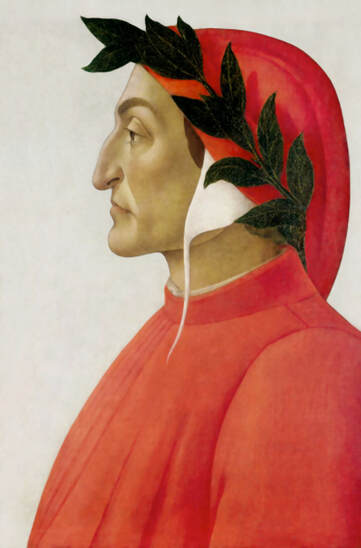
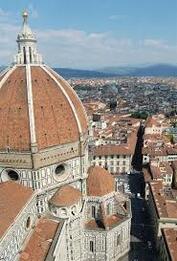
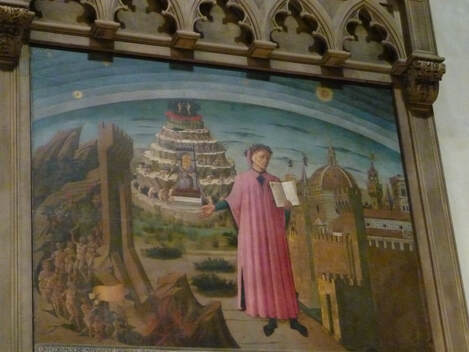
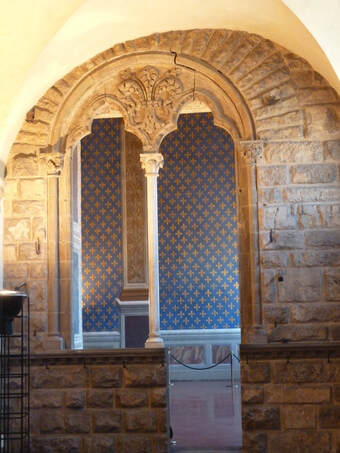
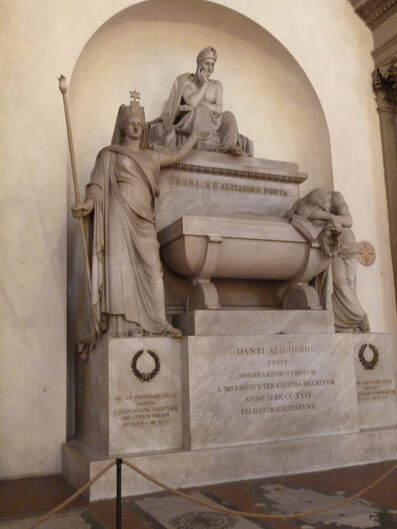
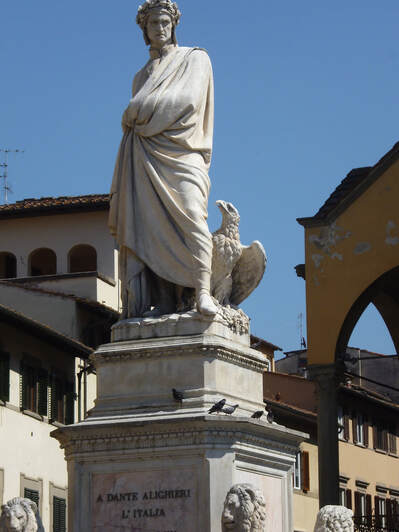
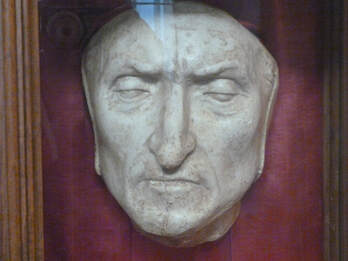
 RSS Feed
RSS Feed